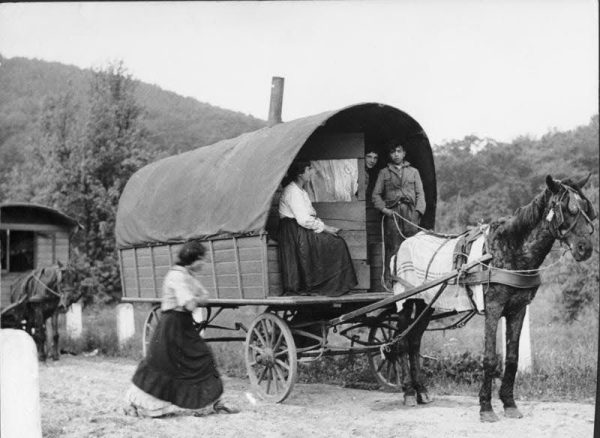The Enlightenment: Running Start Edition!
Running Start.. what is that? Besides the basic notion that a student takes college classes while at a high school age in order to earn college credit. What classes can someone take? Where and when would they take them? Why? Though the program’s name is frequently discussed throughout the Shorecrest community among underclassmen, I believe that Running Start is shrouded in much more darkness than it is immersed in light. In other words, not very many people understand or have been educated about what is involved in participating in Running Start. As Shorecrest is in the midst of the March Madness of registration for the upcoming school year of 2019-2020, this type of knowledge (knowing what running start is and all that it entails) is crucial for all students (freshman-sophomore) to know when deciding their plans. With use of personal experience from upperclassmen and my own personal research, I aim to enlighten others on the benefits and reasons for taking running start, as well as the effects that the program poses on a typical high-school aged student. From the point of view of a curious sophomore student, I will attempt to dissect the mystery of Running Start classes.

So, why might someone take running start? As the Washington State Board for Community and Technology states, “Running Start is a program that allows 11th and 12th grade students to take college courses at Washington’s 34 community and technical colleges. Students earn both high school and college credits for these courses.” Supported by nearly 34 community colleges, running start has an enormous presence among the state, and is accessible to almost all high school students. With this wide range of colleges to choose from, running start definitely strives to give students freedom: by allowing them to take classes that their local high school may not offer (Ex. Arabic, Botany, Surgical Technology, etc at Seattle Central College). In addition, running start allows someone to understand what a “real” college experience is like while earning both college and high-school credits (allowing you to graduate from high school and make progress in college). While this is true, students may also choose to “half it” by taking certain classes at Shorecrest, and also committing themselves to the community college. So, you are able to pick and choose your experience. Most of all, however, most students at Shorecrest join because you can earn up to 2-years of free college credit (though you must pay for course textbooks and transportation), which means that you are paying much less to take classes that would be required within a future college (Ex. US History courses, Calculus, etc).
Unfortunately, Running start may also extract people from the social network and social development that comes with high school; as you are surrounded by classes of 20-30 students that may be 3-5+ years older than you. College classes also move at a much faster pace, which can be challenging to adapt to if you are unable to self-motivate and time-manage. For example, an entire year long class of a world language could be equivalent to a single semester class at a college. While the running start experience is often perceived to be “much cheaper” than a normal college experience, you must also remember that you are, after all, directly paying for the classes that you are taking (unlike high school in many ways) which means that you must take your classes very seriously. If you are taking an online class early in the morning, you would will need a certain drive and motivation in order to wake up in time for class, learn lessons with much less help than an in-person teacher, and be used to submitting major assignments/essays (worth nearly 30% of a grade) online. If taking classes at the community college, you would need to organize on-time transportation to your classes, even if both of your parents are unable to drive you.
In conclusion, running start requires quite a bit of consideration and academic independence. Going into the program thinking, “Since I have so much freedom, I shouldn’t go to class,” or without a realistic understanding of how you work/time-manage independently will most definitely result in a negative, unproductive Running Start experience. But if you are serious about school and taking advantage of a program that may save you time and money, Running Start is a very useful and interesting experience. Some current Shorecrest upperclassmen in the program remarked that some of their favorite perks are the “freedom to pick and choose your schedule” as well as “earning college credits” while partaking in a unique educational experience. In response to being asked what part of running start was the “worst,” many students replied that the experience of managing your own time, being taught by college professors, and commuting to and from locations often is a type of schedule that only a certain kind of student would enjoy and be able to handle. So in conclusion, Shorecrest students must be completely honest about the personal effort and time commitment that they are willing to put in in order to achieve their education as well as the amount of home support that they will have before making the decision to commit to Running Start.













